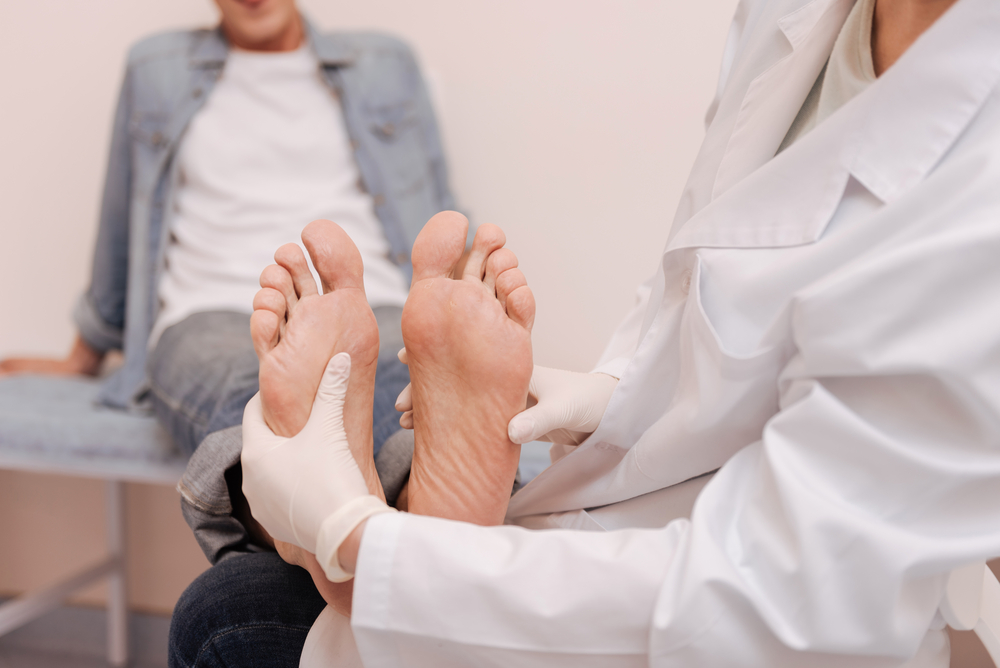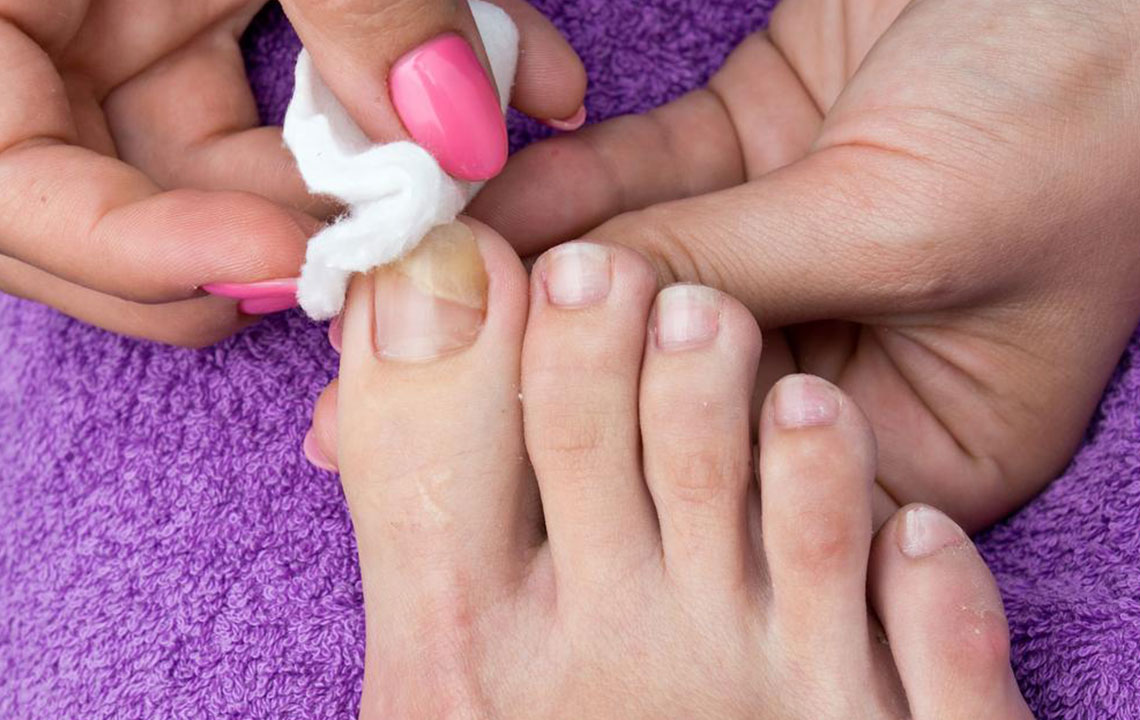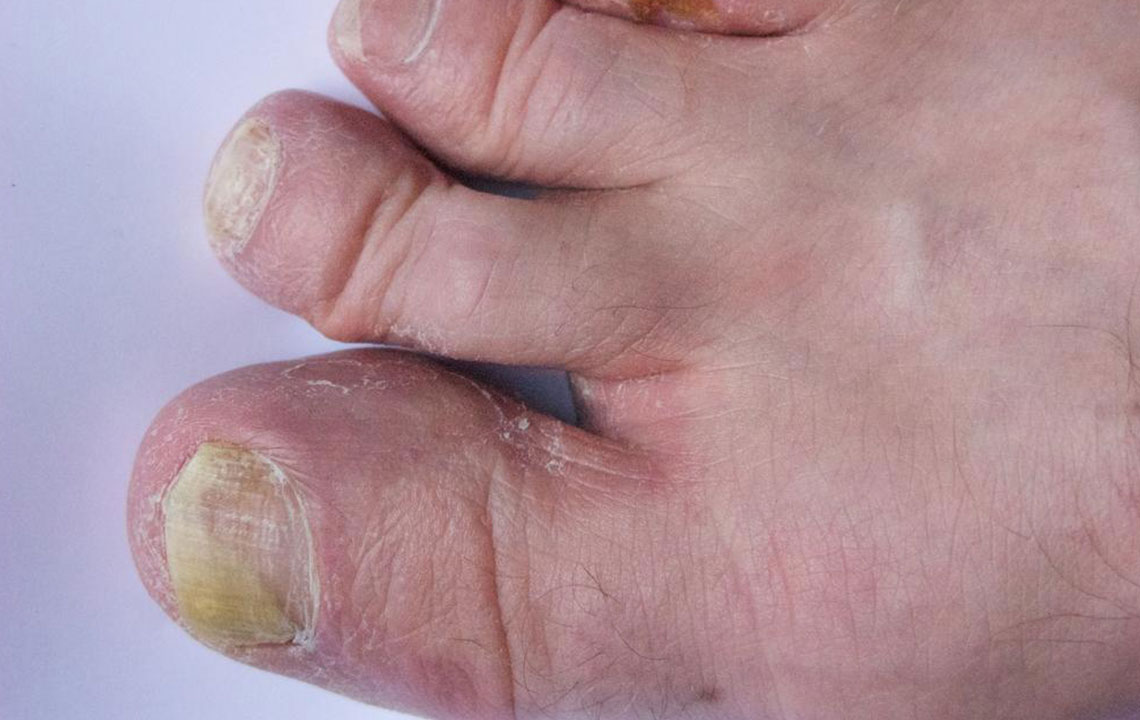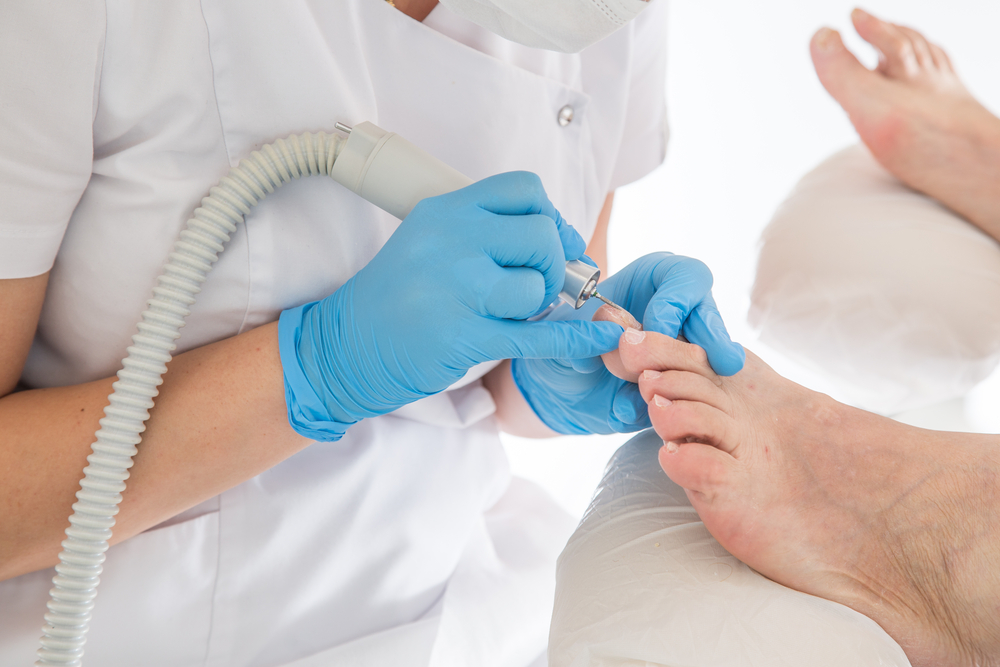Comprehensive Guide to Effectively Treat and Prevent Toenail Fungal Infections
This comprehensive guide explores effective strategies for treating toenail fungal infections, including natural remedies, medical treatments, and preventive measures. It highlights risk factors, symptoms, treatment options, and tips to prevent recurrence. Whether you're dealing with a mild case or persistent infection, this article provides thorough advice to help you regain healthy nails and confidence. Learn how to identify early signs, choose appropriate treatments, and maintain good foot hygiene for long-term foot health and fungal infection prevention.
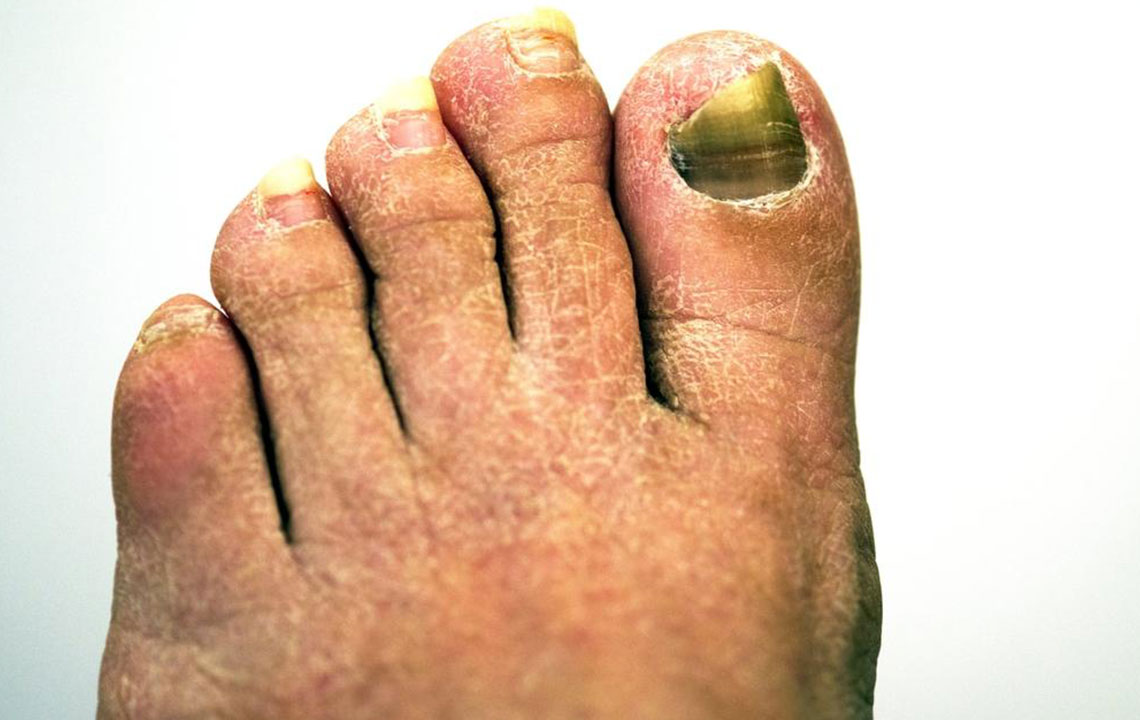
Comprehensive Strategies for Treating and Preventing Toenail Fungal Infections
Toenail fungal infections, medically known as onychomycosis, are a common yet frustrating condition that affects a significant portion of the population worldwide. These infections are characterized by thickened, discolored, brittle, and often dull-looking nails, which can cause discomfort and embarrassment. If left untreated, toenail fungus can spread beyond the nails, affecting adjacent skin and even fingernails, leading to more serious health issues and decreasing quality of life. Therefore, understanding effective treatment approaches and preventive measures is crucial for those affected and for those wanting to avoid infection altogether.
In this detailed guide, we will explore the causes, risk factors, symptoms, various treatment options—including home remedies and medical interventions—and practical tips to prevent relapse and maintain healthy nails. Whether you are a teenager or a senior, male or female, this article provides a thorough resource to help you combat toenail fungus effectively and safely.
Toenail fungal infections are more prevalent among certain groups, especially seniors and men. However, individuals of all ages can be affected, particularly if they have underlying health conditions such as diabetes, compromised immunity, or genetic predispositions. Risk factors include poor foot hygiene, walking barefoot in moist public areas, wearing tight or non-breathable footwear, excessive sweating, and exposure to environments where fungi thrive, such as gyms, swimming pools, or communal showers.
Understanding the family history of fungal infections or contact with infected individuals helps assess personal risk. Additional factors like inadequate foot hygiene, persistent moisture, and wearing occlusive footwear contribute significantly to the development and persistence of toenail fungus. Recognizing the early symptoms—such as nail thickening, discoloration (white, yellow, or brown), brittleness, and dull or uneven nail surfaces—can aid in prompt diagnosis and treatment initiation.
Effective Self-Care Remedies for Toenail Fungal Infection
Many people prefer starting with home-based remedies to manage mild infections. These natural treatments are accessible and often free of side effects, although their effectiveness varies based on severity and individual response.
Apple cider vinegar: Known for its antifungal and antibacterial properties, soaking your feet in a mixture of equal parts apple cider vinegar and water for about 30 minutes daily is a popular remedy. Ensuring thorough drying afterward prevents further fungal growth.
Baking soda: Creating a paste with baking soda and water and applying it directly to affected nails helps neutralize fungi. Leave the paste on for a few minutes before rinsing and drying thoroughly. Regular application can aid in restoring healthy nail growth over time.
Tea tree oil: Applying pure tea tree oil with a cotton swab directly onto infected nails and allowing it to dry can leverage its potent antifungal effects. Consistent use over weeks can lead to noticeable improvements.
Medical Treatments for Persistent or Severe Toenail Fungal Infections
When home remedies do not produce satisfactory results, consulting a healthcare professional is essential. Accurate diagnosis involves visual examination and often laboratory testing to confirm fungal presence. Treatment plans depend on infection severity and type.
Options include topical antifungal creams, medicated nail lacquers, and systemic oral antifungal medications. Topical treatments are applied directly to the affected nails and surrounding skin, but they often require consistent, long-term application. Oral medications, such as terbinafine or itraconazole, can be more effective for stubborn infections but come with potential side effects like liver toxicity, necessitating medical supervision. In resistant cases, some severe infections may require partial or complete nail removal to eradicate the fungus effectively.
When to Seek Prompt Medical Attention
If you notice symptoms like persistent nail discoloration, thickening, or Brittleness, especially if accompanied by pain, swelling, or pus, it's crucial to see a healthcare provider promptly. Individuals with diabetes or weakened immune systems should be particularly vigilant, as fungal infections can worsen rapidly and lead to complications.
Untreated toenail fungus can cause permanent nail damage, increased risk of secondary bacterial infections, and even spread to other parts of the body. In case of high fever, spreading redness, or cellulitis, immediate medical attention is necessary. Regular foot hygiene practices—such as keeping nails trimmed, dry, and clean—and choosing breathable footwear and moisture-wicking socks can significantly prevent recurrence.
Maintaining good foot hygiene, avoiding walking barefoot in moist public spaces, and using antifungal powders or sprays can further reduce the risk of infection re-establishment. If you have experienced a fungal infection, regular monitoring and early intervention at the first signs of recurrence can help ensure long-term nail health.
In conclusion, toenail fungal infections, although common, are manageable with the right knowledge and treatment approach. Combining effective medical therapies with good hygiene practices provides the best chance for recovery and prevention of future infections. Staying informed and proactive about foot health is essential for maintaining both aesthetic appeal and overall hygiene.

